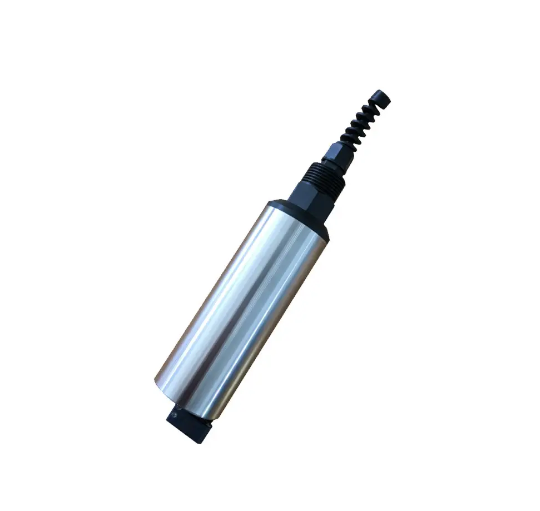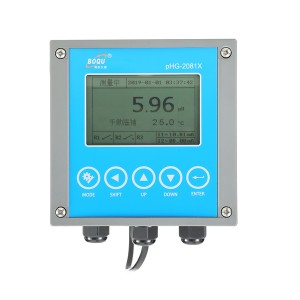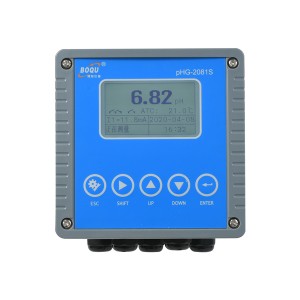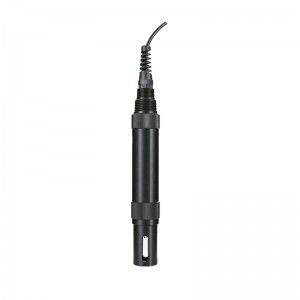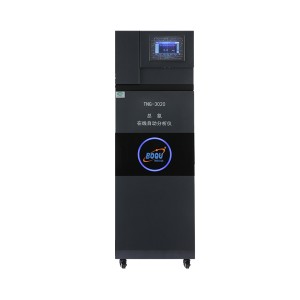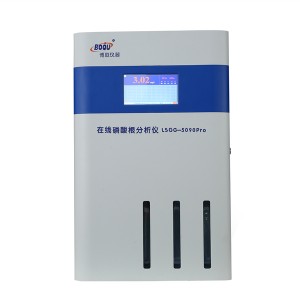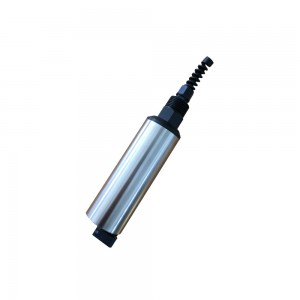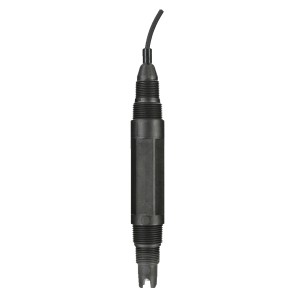In modern industries, the efficient separation of oil from water is a crucial process that ensures environmental compliance, operational efficiency, and cost-effectiveness.
Traditionally, this task has been challenging, often requiring complex and labor-intensive methods. However, with the advent of cutting-edge technology, oil in water sensors have emerged as game-changers.
In this blog, we will explore the significance of oil in water sensors for industries and how they streamline the oil separation process, leading to better environmental stewardship and enhanced productivity.
Understanding the Importance of Oil in Water Sensors:
The Role of Oil in Water Sensors in Environmental Compliance
Industries that deal with oil and water, such as oil refineries, petrochemical plants, and wastewater treatment facilities, are subject to stringent environmental regulations.
Failure to meet these regulations can result in hefty fines and damage to a company’s reputation. Oil in water sensors play a pivotal role in ensuring compliance by continuously monitoring and detecting the presence of oil in effluent streams and water bodies.
This early detection enables prompt corrective action, preventing unauthorized oil discharge and potential environmental disasters.
Enhanced Safety and Risk Mitigation
Oil spills in water bodies can lead to hazardous situations for both the environment and the workforce. These spills can cause accidents, contaminate drinking water sources, and harm aquatic life.
By implementing oil in water sensors, industries can proactively monitor oil levels in water and take preventive measures to mitigate risks.
Prompt identification of oil leaks or spills allows for a swift response, minimizing the potential for accidents and reducing health and safety hazards.
How Oil in Water Sensors Work?
- Utilizing Advanced Technology: Fluorescence-based Sensors
Oil in water sensors employ cutting-edge technology, with fluorescence-based sensors being one of the most prevalent methods. These sensors work on the principle of detecting the fluorescence emitted by oil molecules when exposed to specific wavelengths of light.
As oil molecules are excited by the light source, they emit a unique fluorescence signal, which the sensor detects and quantifies. The intensity of the fluorescence is directly proportional to the concentration of oil in water, allowing for accurate measurements.
- Calibration and Accuracy
To ensure precise readings, oil in water sensors require proper calibration. Manufacturers calibrate sensors based on various types of oils and water matrices that the industry may encounter.
This calibration ensures that the sensor can accurately differentiate between different types of oils and adapt to varying water conditions. Regular calibration and maintenance are essential to maintain the accuracy and reliability of these sensors over time.
Key Advantages of Oil in Water Sensors:
- Real-time Monitoring and Data Logging
Oil in water sensors provide real-time monitoring capabilities, allowing industries to track oil concentrations continuously. These sensors are equipped with data logging features, which record and store measurements at regular intervals.
The logged data can be analyzed to identify trends, patterns, and potential issues, aiding in decision-making, process optimization, and regulatory reporting.
- Cost and Resource Savings
The traditional methods of oil-water separation often involve manual labor and time-consuming processes. Implementing oil in water sensors automates the monitoring process, reducing the need for human intervention and minimizing operational costs.
Additionally, by detecting oil leaks and spills early on, industries can prevent costly clean-up operations and conserve precious water resources.
BOQU’s Oil In Water Sensor: Comes With An Auto-Cleaning System
BOQU’s Oil In Water (OIW) sensor has revolutionized the way industries monitor and measure oil concentrations in water.
Utilizing the principle of ultraviolet fluorescence technique with high sensitivity, this advanced sensor is designed to detect solubility and emulsification of aromatic hydrocarbons in petroleum, making it suitable for a wide range of applications, including oil field monitoring, industrial circulating water, condensate water, wastewater treatment, and surface water stations.
One of the standout features of the BOQU OIW sensor is its incorporation of an innovative Auto-Cleaning System, which sets it apart from conventional sensors. Let’s explore the advantages of this cutting-edge feature:
A. Automatic Cleaning Wiper:
The Auto-Cleaning System integrated into BOQU’s OIW sensor is a game-changer in the industry. Oil in water measurements can be significantly affected by the presence of oil films or deposits on the sensor surface, leading to inaccurate readings.
However, the automatic cleaning wiper effectively eliminates the influence of oil on the measurement. At regular intervals or as per pre-defined settings, the cleaning wiper ensures that the sensor’s surface remains free from oil contamination, maintaining measurement accuracy and consistency.
B. Minimized Interference from External Light Sources:
Ensuring reliable measurements is vital in any monitoring application. The BOQU OIW sensor is designed to reduce contamination without interference from light sources in the external environment.
By effectively shielding the sensor from ambient light, it enhances the accuracy of fluorescence measurements and eliminates potential inaccuracies caused by external factors.
C. Unaffected by Suspended Particles in Water:
In water quality measurement scenarios, suspended particles can sometimes interfere with sensor readings. However, the BOQU OIW sensor’s performance remains unaffected by particles of suspended matter in water.
The ultraviolet fluorescence technique used by the sensor specifically targets aromatic hydrocarbons in petroleum, ensuring precise and consistent measurements regardless of the water’s suspended particle content.
Application of Oil in Water Sensors in Various Industries:
The sensors can be used to monitor and control the quality of water in various industrial applications. These include:
Oil Refineries and Petrochemical Plants
Oil refineries and petrochemical plants deal with large volumes of water and oil on a daily basis. Oil in water sensors are instrumental in monitoring the water discharge, ensuring compliance with environmental regulations, and optimizing the separation processes.
The sensors enable efficient removal of oil from water, allowing both water and oil to be recycled or reused where possible, further promoting sustainability.
Wastewater Treatment Facilities
In wastewater treatment facilities, the presence of oil can interfere with the treatment process and result in inadequate water purification. Oil in water sensors aid in detecting and removing oil from influent streams, thus enhancing the efficiency of wastewater treatment operations.
This, in turn, contributes to the protection of receiving water bodies and promotes responsible water management practices.
Final words:
Oil in water sensors have revolutionized the way industries handle oil-water separation processes. By offering real-time monitoring, accurate data, and enhanced safety, these sensors enable industries to comply with environmental regulations, reduce operational costs, and foster sustainable practices.
Embracing this advanced technology is not only a step towards environmental stewardship but also a strategic move to optimize processes and enhance overall productivity in industries worldwide.
Post time: Jul-18-2023

